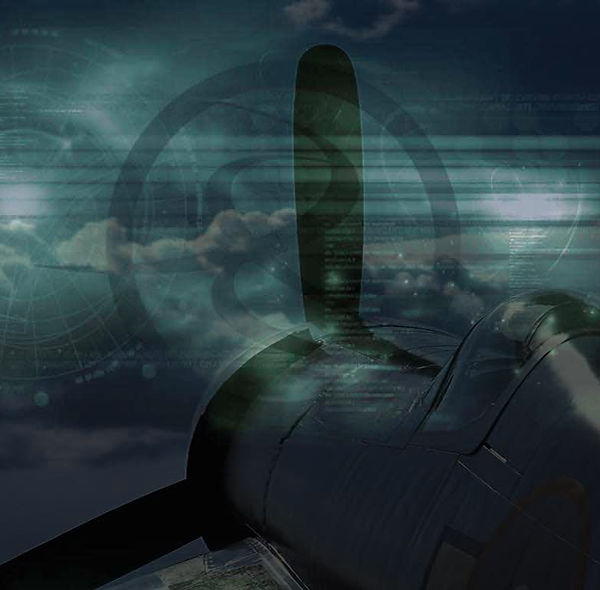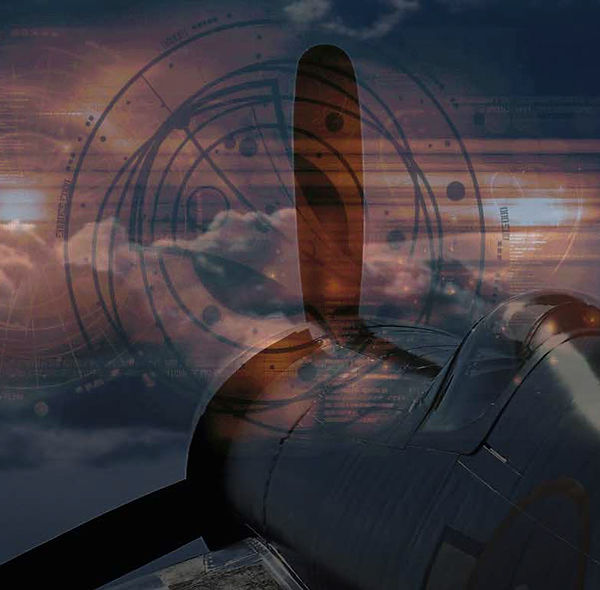
Hold your pointer on a tab in the menu on top of the page to view and handle the sub menus.



F4U-1D Corsair (*)
The F4U-1 D reflected the trend to turn large fighters into capable fight-bombers .The F4U-1D was also the first version of the Corsair to be deployed aboard carriers in considerable numbers. Both Navy and Marine squadrons began setting regular carrier assignments in early 1945.
A few F4U-1D were delivered in the tri-color paint scheme of Sea Blue, Intermediate Blue, and flat white. Almost all were finished in the overall glossy Sea Blue scheme. The gloss quickly faded with exposure to the elements. Usually the top of the forward fuselage was finished with flat paint to reduce glare for the pilot. The Insignia Blue was used for the national insignia even on the overall Sea Blue aircraft.
The Corsair had little capacity to carry external ordnance, the need for such ability was recognized early on. Flying the F4U-1 from their land bases in the Pacific, Marine and Navy often wished they had more than their machine with which to attack targets on the ground. This led to the development of the add-on bomb rack that was fitted to most F4U-1A.
Two pylons were added under the center wing section, and these could be used to carry bombs up to 1 ,000 pounds in size, napalm, or 154 gallon fuel tanks. Because of the increased ability to carry external fuel, the two 63 gallon leading edge fuel tanks in the wings were deleted.
A common misconception about the F4U-1 D was that it was produced with the clear-vision canopy without the two overhead frames. The fact is that the change to this canopy did not occur until production of BuNo. 57583. By that time, 803 F4U-1D had been produced with the semi-bubble canopy with the two overhead frames.
A number of other visible changes occurred during production of the F4U-1D and FG-1D. Beginning with BuNo. 57356, the 13' 4" Hamilton Standard propeller , used on all previous Corsairs, was replaced with a slightly smaller one with a 13' 1" diameter. With BuNo. 82253, the capability to carry 4 five-inch rockets under each wing was added. Also during production of the F4U-1 D, a cut out step was added to the right inboard flap to facilitate entry to the cockpit. The tear drop shaped recognition light on the top of the right wing was deleted beginning with BuNo. 57484.